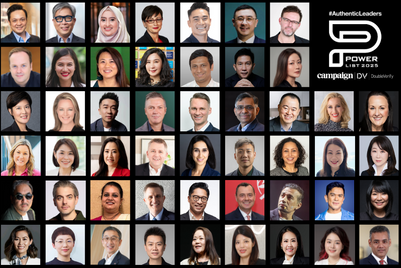
Locked down by sweeping government regulations aimed to minimise the spread of COVID-19, there has been an explosion in the number of professional and amateur gamers flocking to esports sites and apps. While this captive audience may be an opportunity waiting to be tapped, marketers and brands need to calibrate their plans by closely listening to these gamers' preferences and behaviours in order to get the biggest return on their strained marketing dollars.
According to a new report, Levelling Up Opportunities on Asia Pacific’s Gaming & Esports Industry from social listening and market intelligence provider Digimind, the online gaming industry has been one of the few to witness a surge.

Global viewership on Twitch was up 10%, YouTube Gaming by 15% and on the weekend of 22 March 2020, Steam recorded an all-time high of 22.6 million users. Once a niche online culture, esports has evolved into a global phenomenon that represents $71.4 billion in annual revenue in Asia Pacific alone.
For brands scrounging for ways to viably re-deploy their adspend, esports may offer a way out. However, according to this report's findings, brands need to recognise the nuances between this space and other categories.
While industries like beauty and fast fashion are driven by curated content for engagement, gaming conversations are more spontaneous and cover a wider variety of subcultures, fan groups, and opinion sharing. Brands could profit from consumer insights, as well as opportunities for engagement by monitoring these conversations.

To do this, companies need to understand consumer preferences and behaviours such as: Which digital channels are gaming fans most active on, that are “best” for reaching and engaging them? What trends can be leveraged to hook these audiences and add value to their gaming experiences?
If gaming brands see an obvious reason to invest their adspend in this esports market, there are several other brands such as AirAsia, Capgemini, Louis Vuitton, KFC, Nike, Red Bull, and Uniqlo which have also capitalised on this boom.

However, this report says that while some investments have paid off, others have been less successful. For example, Cheez-It saw its campaign criticised for interrupting game flow, annoying focused gamers.

To try to gain a foothold in this market, brands can also work with popular gamers and KOLs in the space. Here are some popular gamers brands could signing up.

|
This article is filed under... Top of the Charts: Highlights of recent and relevant research |


.jpg&h=334&w=500&q=100&v=20250320&c=1)
.jpg&h=334&w=500&q=100&v=20250320&c=1)
.jpg&h=334&w=500&q=100&v=20250320&c=1)




.png&h=334&w=500&q=100&v=20250320&c=1)

.png&h=334&w=500&q=100&v=20250320&c=1)







